NYC Water 101: From the Catskill Aqueduct and Robotic Measurements to Your Tap

New York City is the nation’s largest municipal water supplier. While many locals happily choose tap water at restaurants and extol the virtues of New York’s wettest, we sometimes wonder how and where the magic happens–even more so recently, in light of some other cities’ far less stellar experiences with the local water supply. This recent New York Times article clears things up, so to speak, on how 9.5 million people (and growing, apparently) can keep the good stuff flowing.
The source: More than 90 percent of the city’s water supply comes from the Catskill/Delaware watershed, about 125 miles north of NYC; the other 10 percent comes from the Croton watershed. The watershed sits on over a million acres, both publicly and privately owned, but highly regulated to make sure contaminants stay out of the water.
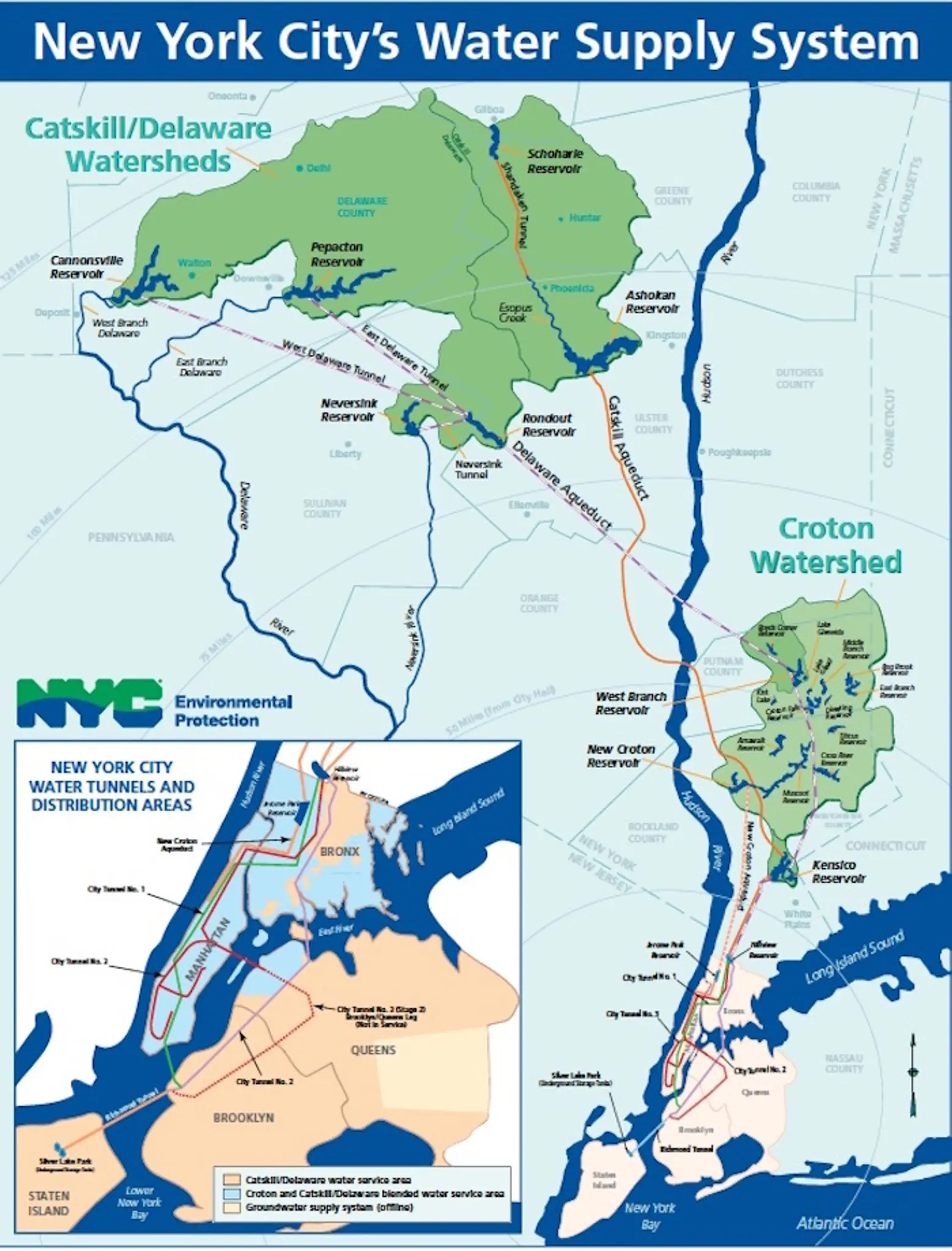
Image:NYC DEP
Point A to point B, slowly: The 92-mile Catskill Aqueduct beneath the Hudson River is a century old. It can take up to a year for water to wind its way to the city from its origins in the countryside, via a network of tunnels, dams and reservoirs, traveling by gravity alone. A $3.4 billion investment is planned over the next five years to shore up “decaying infrastructure.”
Robots and radiation: It sounds good so far, but how do we know what’s in there? That’s where the robots come in. From the aqueducts, the water feeds into the Kensico Reservoir, where “robotic buoys transmit information about water quality.” Chlorine (to disinfect) and fluoride (for dental health) are added here, and temperature, pH, nutrient and microbial levels are monitored.
Last year, robotic buoys recorded 1.9 million measurements (actual human field scientists only collected a measly 15,500 samples) from upstate reservoirs, streams and aqueducts. It’s all entered into a computer to crunch the data. Climate change–precipitation patterns, forest health and water temperature–can effect the water quality and availability as well.
The city’s water-to-be passes through the world’s largest ultraviolet disinfection facility in Westchester County. Ultraviolet radiation was determined to be a safe, effective supplementary treatment as long as it’s evenly applied to water that is moving at constant speed.
The $1.54 billion facility slows the water before it passes through “56 large containers that hold ultraviolet lights encased in quartz tubes that zap stomach-ravaging micro-organisms.” After the suntan, the water gets a cocktail of chlorine, phosphoric acid and sodium hydroxide “to disinfect it and raise the pH levels to prevent pipes from corroding and releasing harmful metals.” Like lead.
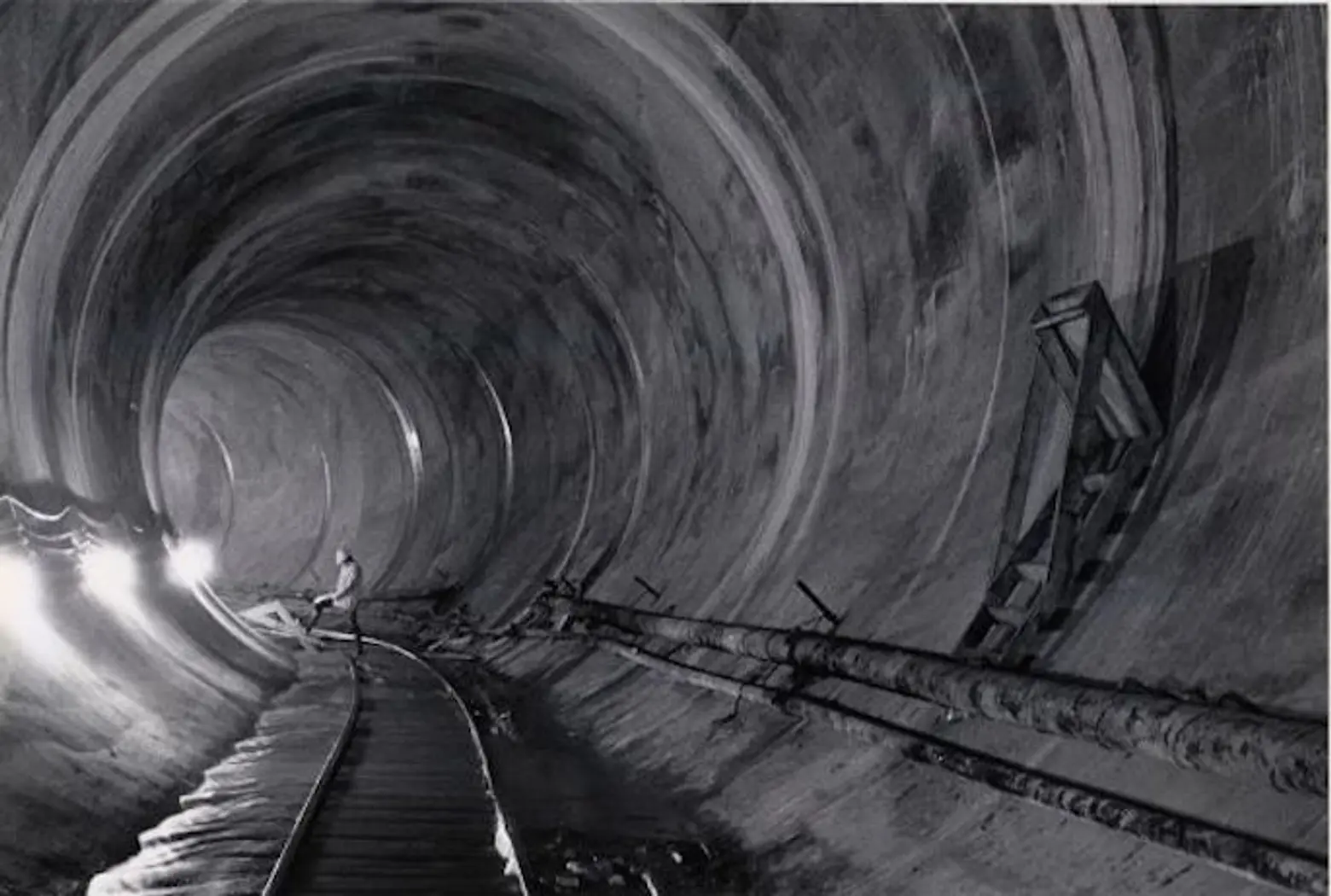
City Water Tunnel No. 3, one of the largest capital projects in the city’s history; Images: NYC DEP
After a stop in the 900-million-gallon Hillview Reservoir, three main tunnels “act like drains and whoosh water downhill.” The construction of the third tunnel is one of the biggest capital projects in NYC history; by the 2020s the tunnel is expected to carry water to all five boroughs, freeing up tunnels one and two, built in 1917 and 1936, respectively, for easier inspection.
A series of tubes (this one actually is): New York City’s water main system is a 6,800-mile expanse of iron and steel pipes. The system costs $140 million annually to operate, which is covered by water and sewer fees.
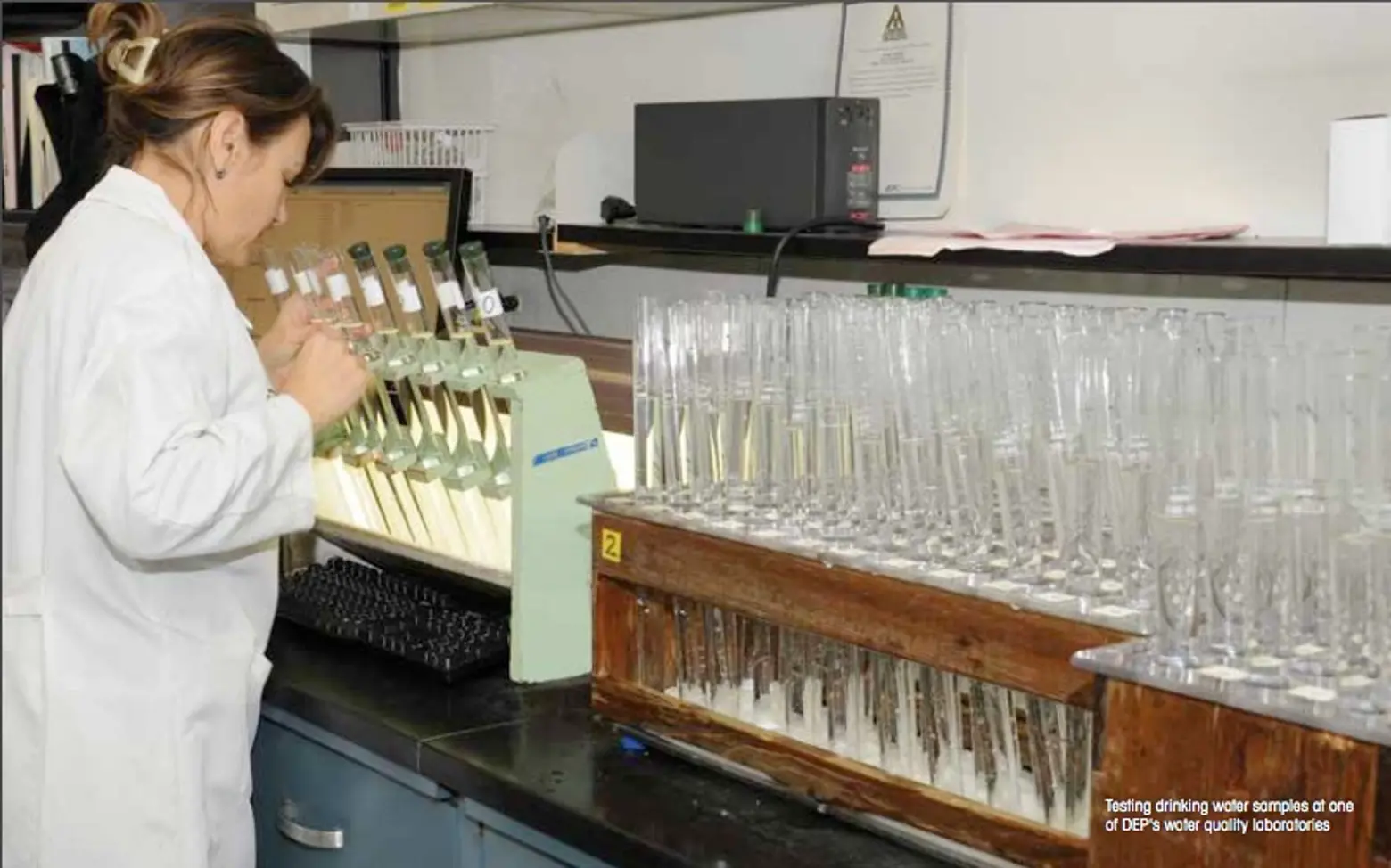
Image: NYC DEP
The water is regularly tested for contaminants, and though there are pipes that contain lead in the system, they haven’t been a problem yet. According to the city’s Department of Environmental Protection, all known lead-containing service lines to city properties like schools, libraries and parks were replaced by 2010. Field scientists visit city sampling stations daily to check on temperature and chemical levels.
Scientists also look for E. coli bacteria which could indicate sewage contamination and Cryptosporidium and giardia, which cause stomach illnesses, and other bacteria. According to the annual water quality report for 2015, New York met all state and federal chemical limits.
See more here for Q and A on water issues–such as what to do if you’re worried about lead in your water; and the answer we’re all looking for, of course:
What makes New York City water actually taste so good?
Thanks in part to the geology of the Catskill Mountains, which have very little limestone rock, the city’s water contains low levels of bitter-tasting calcium. As a result, New York has delicious bagels and pizza crust.
[Via NYTimes]
RELATED:
- VIDEO: Everything You Ever Wanted to Know About Rats Coming up Your Toilet
- The NYC Subway Is Filled with Bacteria and DNA from Unidentifiable Organisms
- City Filth, Decoded: The Gunk on Subway Platforms Actually Has a Name
Interested in similar content?
Leave a reply
Your email address will not be published.
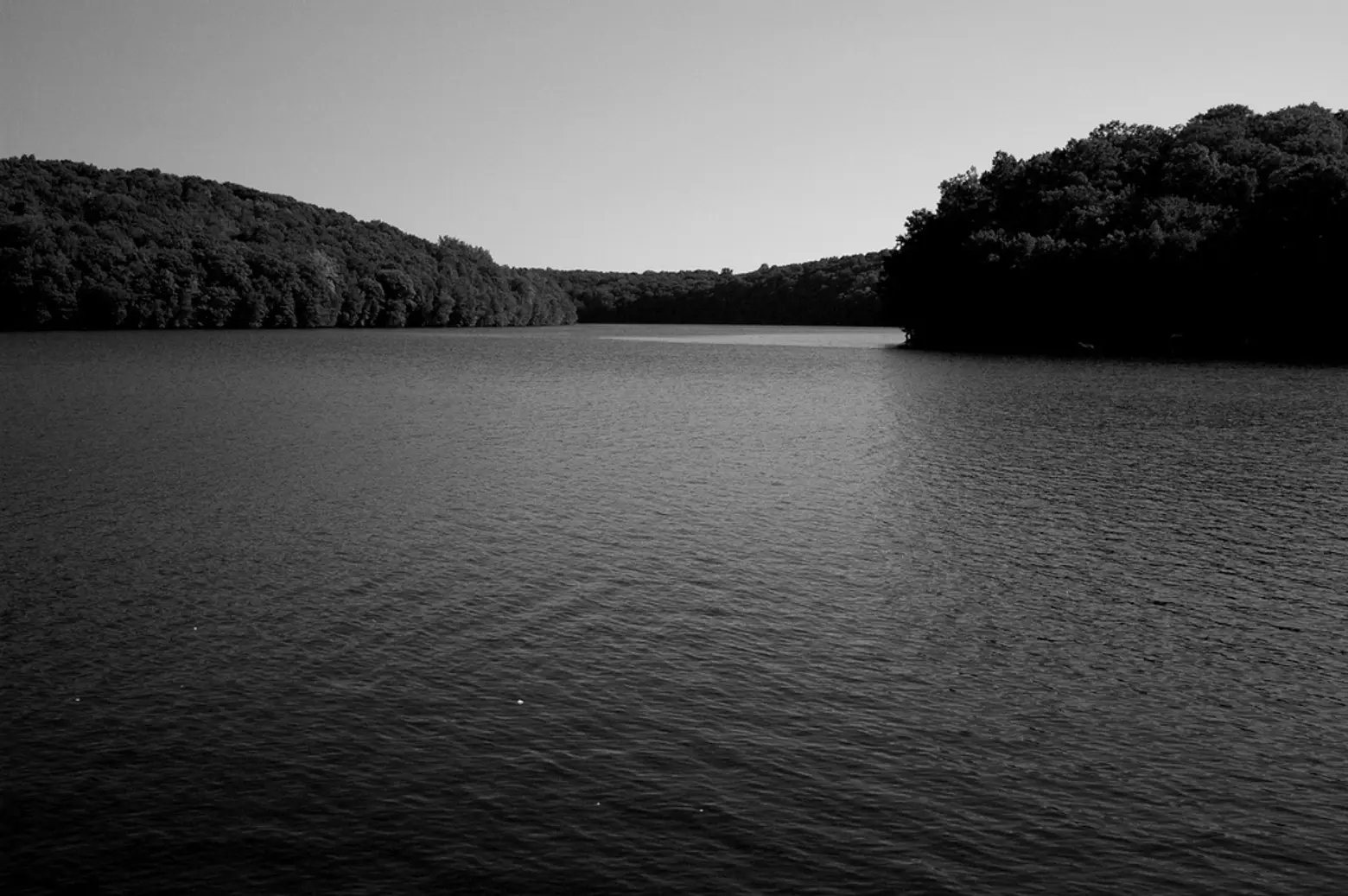
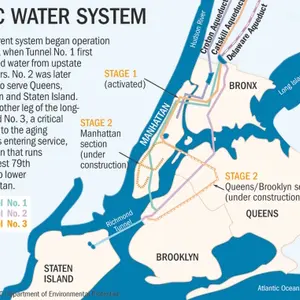
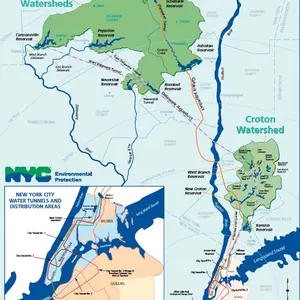
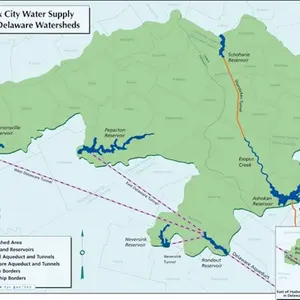
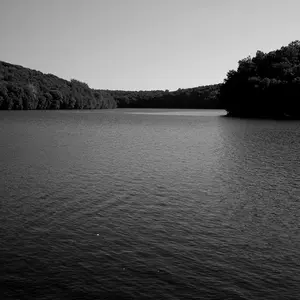
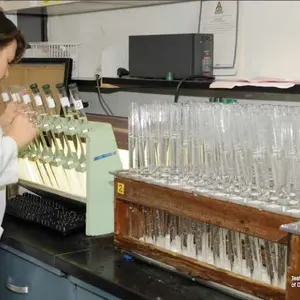
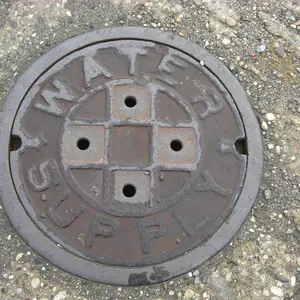
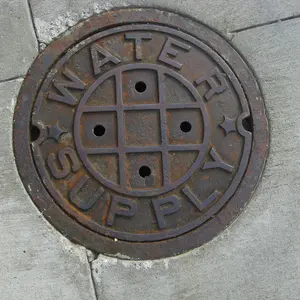
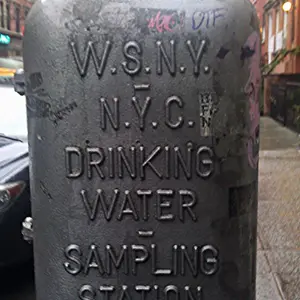
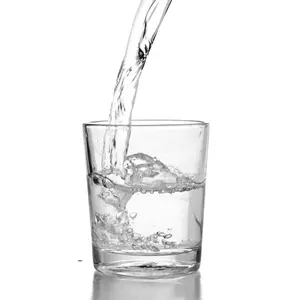
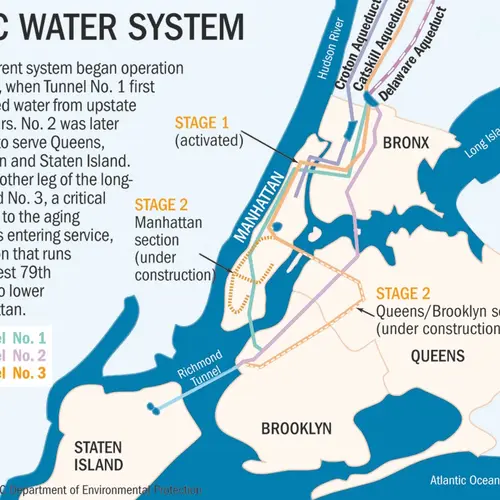
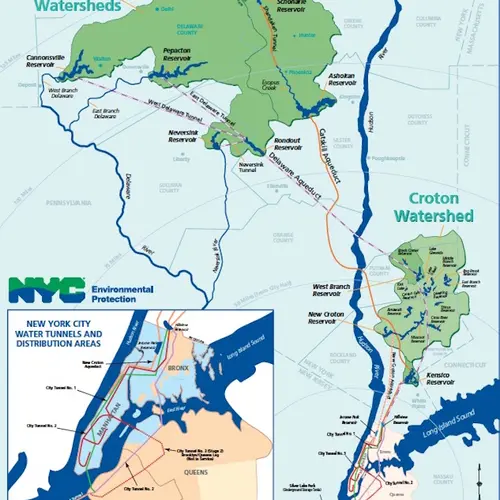
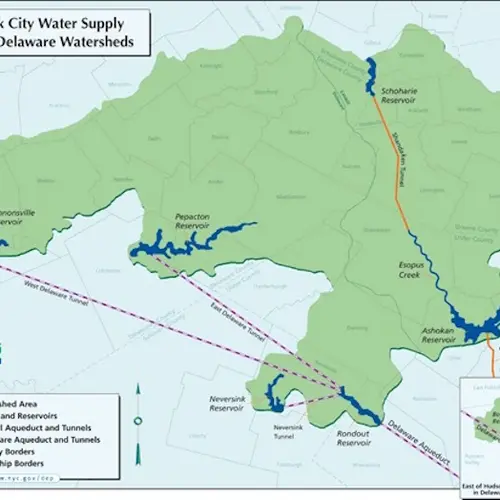
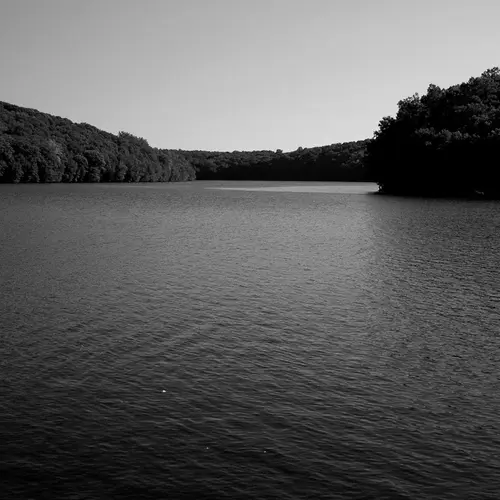
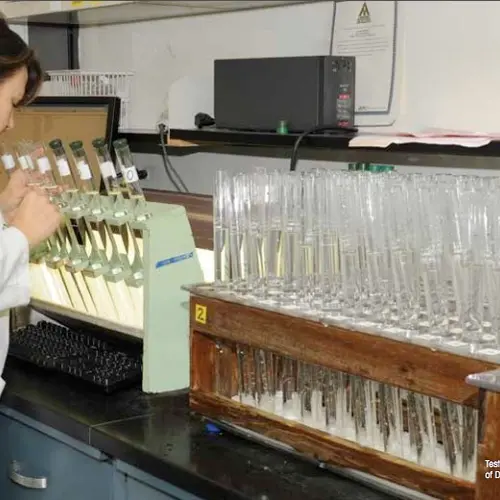
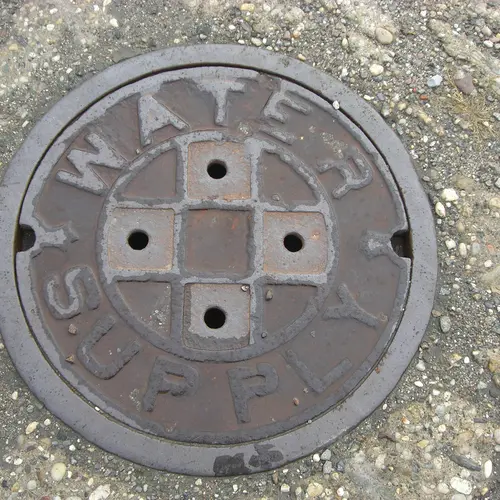
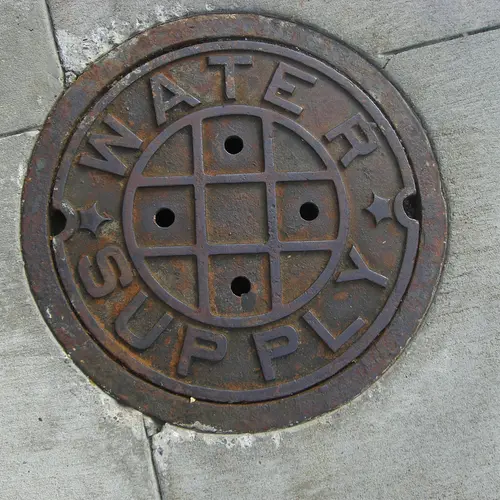
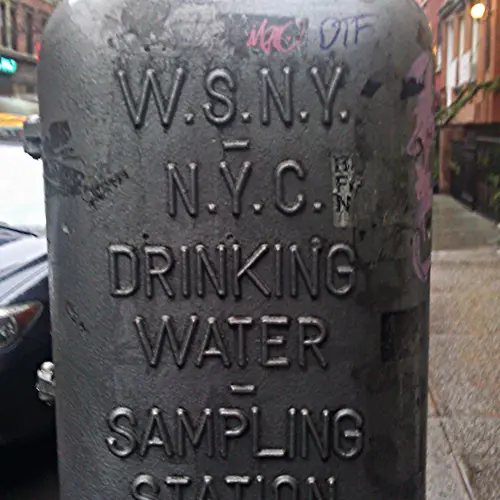
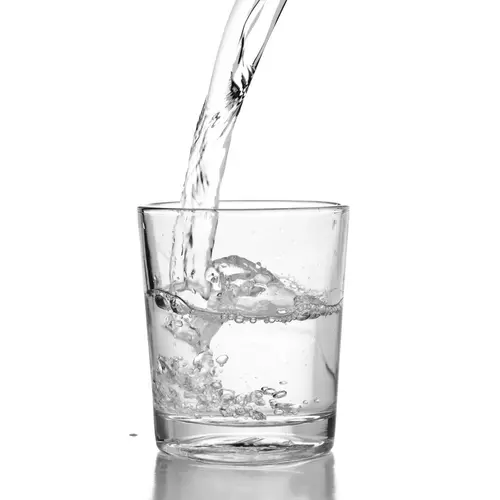














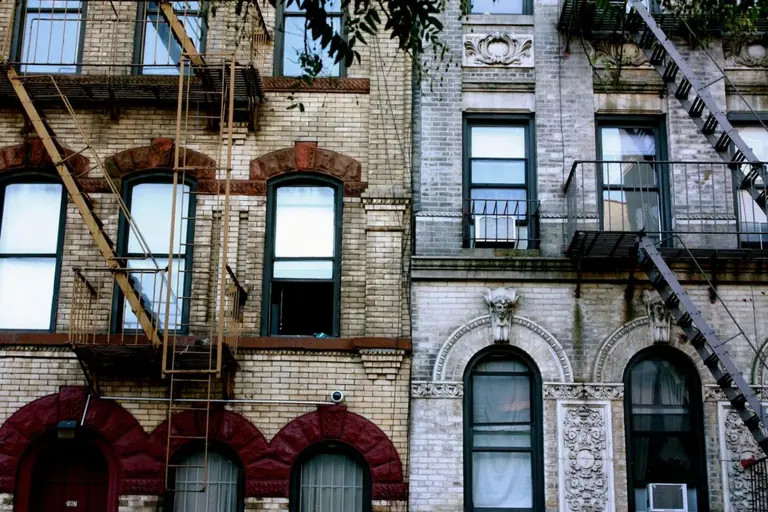














I have visited NYC for over 40 years now and was always so happy with the tap water in restaurants. The water is the best tasting city water I have ever drank. I live in the Foothills of North Carolina and my tap water is undrinkable. The high levels of chlorine are very detectible in taste and smell. Whatever NYC is doing, it seems to be getting the job done. I brag to everyone that NYC has the best water.